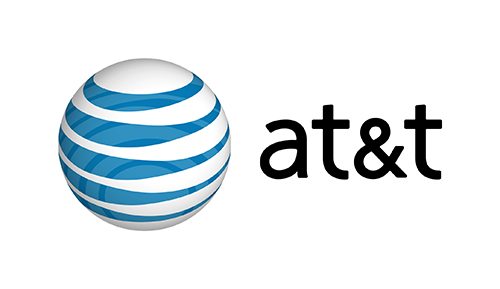AT&T touts its “5G Evolution” in Austin, Tex.
AT&T is offering faster wireless network speeds starting this week in Austin, Tex., marketed as “5G Evolution” and supported only on the Samsung Galaxy S8 and S8+ devices. AT&T says that the new features provide double the speed of its regular LTE network, and CEO Randall Stephenson said on the company’s quarterly call that the speeds are “competitive to cable speeds.”
Although AT&T is marketing the higher speeds as its “5G Evolution,” the features by which the carrier is achieving them appear to fall under advanced LTE. AT&T CFO John Stephens mentioned carrier aggregation (S8 devices can aggregate three component carriers) as well as multiple-input-multiple-output and 256 QAM in the context of the Austin project, on the AT&T quarterly call.
Stephenson said the configuration in Austin has “the potential for 500 or 600 meg[abits per second],” on a lightly loaded network.
AT&T said in a press release that 5G Evolution will “pave the way to the next generation of faster speeds for its wireless customers with the latest devices in over 20 major metro areas by the end of this year.” The carrier plans to bump up speeds in Indianapolis over the summer and mentioned Atlanta, Boston, Chicago, Los Angeles, Nashville and San Francisco in its plans to widen availability. AT&T expects more devices to off 5G Evolution support later this year. In contrast, based on executive comments on the quarterly call, AT&T expects a 2018-2019 timeframe for deploying millimeter wave-based 5G, with scaling in 2020.
T-Mobile US has touted the fact that the Galaxy S8 is its first device launched that will support the use of LTE in unlicensed spectrum at 5 GHz, boosting the customer experience for its users as the operator deploys LTE-U. In teardown analysis of the Galaxy S8 earlier this month, IHS Markit noted that the device’s Category 16 LTE radio “allows the new Galaxy phone to aggregate three carriers of up to 20 megahertz each. Combined with 4×4 MIMO antennas and higher-order modulation of 256 QAM, the LTE modem is capable of reaching peak theoretical speeds of one gigabit per second.”
“Gigabit LTE is very much the marquee specification for 2017 flagship smartphones,” said Wayne Lam, principal analyst of smartphone electronics for IHS Markit, in a statement on the S8. “Keep in mind that gigabit speeds are a best-case scenario and that a user’s real-world experience will be limited to what mobile networks can provide.”

